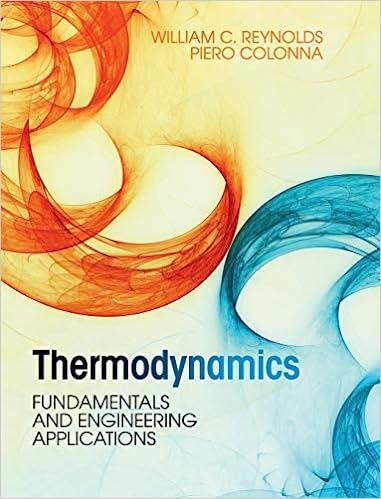Answered step by step
Verified Expert Solution
Question
1 Approved Answer
( 1 point ) We did a lot of work with material balances in water, and I mentioned that the same knowledge could be applied
point We did a lot of work with material balances in water, and I mentioned that the same knowledge could be applied to air quality modeling. Here's an example:
You live downwind of the refinery with the PM concentration you calculated from the plume equation and want to know how this new facility would affect you if you open your window. What would the concentration of PM in your house be if you left the windows open all day steady state if your house has a volume you open windows such that the air entering and leaving your house is flowing at rate and the particles settle out of the air in a manner approximating first order decay with rate
Hints: Before we had:
Eqn. states the same thing slightly differently
Outdoor concentration,
Assume there is no source
of PM inside your house
Which variable are we solving for:
Relationship at steady state
Indoor PM Concentration:
point The investors noted that the facility is planned in the thousandyear floodplain. The loan to build the facility will take years to repay. What is the likelihood risk that the refinery will experience flood damage during this time?

Step by Step Solution
There are 3 Steps involved in it
Step: 1

Get Instant Access to Expert-Tailored Solutions
See step-by-step solutions with expert insights and AI powered tools for academic success
Step: 2

Step: 3

Ace Your Homework with AI
Get the answers you need in no time with our AI-driven, step-by-step assistance
Get Started


